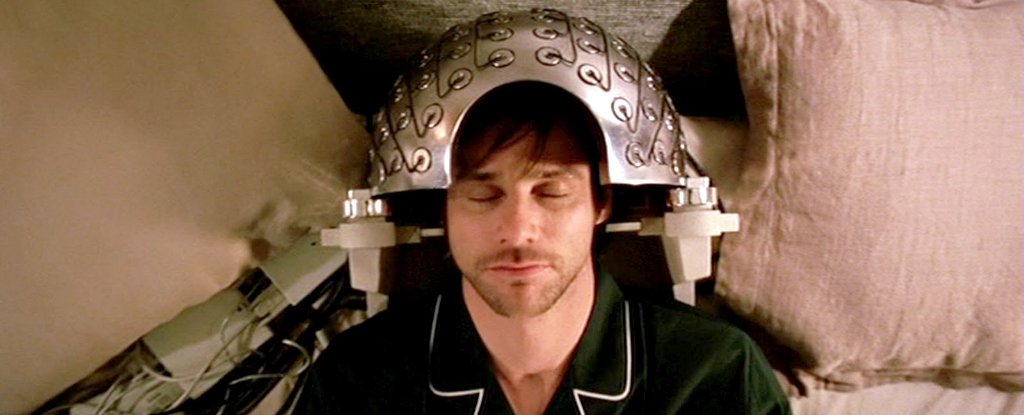To slash the possibilities of miscarriage in IVF (In Vitro Fertilization), a new tech that can identify the abnormal chromosomes at the time of the implant was rolled out here last week at a city hospital. This launch is definitely going to boost the medical technology market.
The latest time-lapse tech observes the embryos’ health by clicking millions of digital pictures from the moment of formation until inserting it in the uterus. Doctors are capable of identifying the embryos (usually out of 3) that are growing well and have slightest possibilities of miscarriages to guarantee live birth. The method is accepted in the western nations but not in India. It has been available in Delhi for the first time in history.
It permits doctors to identify the embryos non-invasively that are less probable to have abnormal quantities of chromosomes and therefore selecting the slightest danger embryo for inserting. “Having irregular amount of chromosomes is one of the biggest factors for the IVF cycle to be ineffective,” claimed an IVF Specialist at Indira IVF Hospital of the city, Arvind Vaid, to the media in an interview. Indira IVF Hospital is where the method was rolled out.
“This can either result in miscarriage in the later phases of pregnancy or failure in insertion in the womb or infant born with other genetic anomalies including Down’s syndrome.” A fit human embryo must have 23 couples of chromosomes. But any modifications to this figure can result in a lowered chance of a booming implantation.
The tech provides thrilling potential of non-invasive and novel methods of selection of embryo with maximum chances of insertion via in-depth survey of phases of development for embryo. “Embryos grow and develop in the incubator embedded for the initial 5 Days and takes more than 5,000 images to analyze the different phases of development,” claimed a doctor from the hospital, adding that additional development of embryo is regularly monitored and analyzed utilizing a computer.
“Relying on the approach used, images can be taken with various intervals of time. The smaller the interval of time the more detailed data will be obtainable for study,” claimed the doctor.
###











